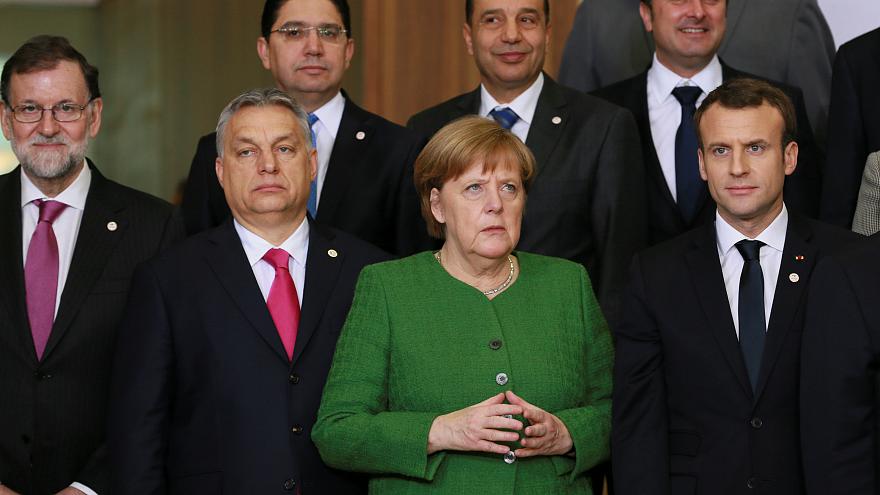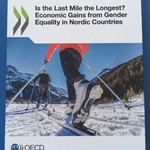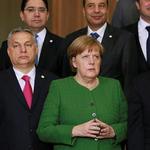
Women in Politics: How does Europe measure up?
Gender parity in politics has become a hot topic in recent years. In many countries, women are vastly underrepresented in government: Saudi Arabia is the most famous example, having allowed female politicians to stand for the first time ever in 2015 – almost a century after the first woman, Jeanette Rankin, was elected to Congress in the United States. But the tide is turning.
More and more women are being elected as heads of state in Europe: Germany, Lithuania, Estonia, Croatia, Norway and the United Kingdom all have female leaders. But are they blips in European history, or a sign that permanent change is sweeping politics?
The answer is: it depends.
The Organisation for Economic Co-operation and Development (OECD) has gathered data on 71 countries around the world and ranked them according to the proportion of women who work as ministers (including deputy prime ministers, and heads of government with ministerial portfolios), and parliamentarians in the national lower or single houses of parliament.




